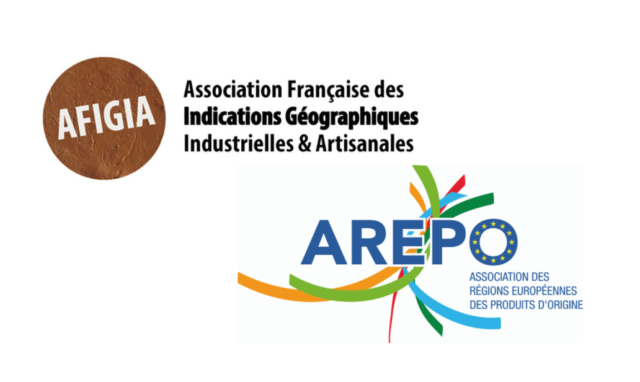There is currently no EU-wide system for protecting the geographical indications of non-agricultural products (such as handicrafts and industrial goods). Driven by a vision of GIs as tools for rural development and territorial planning, AREPO believes that a regulation at EU level is needed.
Introduction
The Lisbon Agreement, and its latest revision, the Geneva Act of 2015, provide for the international protection of appellations of origin and geographical indications through a single procedure with World Intellectual Property Organization (WIPO).
In the framework of the World Trade Organization (WTO), the international protection of GIs is addressed by the Agreement on Trade-Related Aspects of Intellectual Property Rights (TRIPs Agreement).
None of these international treaties limit the scope of the protection of geographical indications to agricultural products, but they apply to all kind of products: agricultural and non agricultural ones.
Yet, the EU has a system in place for the protection of the sole geographical indications of agricultural products and foodstuffs, wines, spirit drinks and aromatised wine products, while no such system exists at EU level for the protection of Geographical Indications for industrial and artisanal products.
As a result, there are a number of EU non agricultural products protected at Member States level via a wide variety of legal schemes.
Towards an EU-wide system for protecting industrial and craft GIs
Over the last 10 years, the European Union has begun to consider the introduction of an EU-wide system for the protection of GIs for non-agricultural products.
Following a series of studies conducted since 2013, European Commission Communications and European Parliament Resolutions, in November 2020,
the Commission announced the IP action plan, expressing together with the Council their readiness to consider the creation of an EU-wide GI protection system for geographically-linked industrial and handicraft products.



